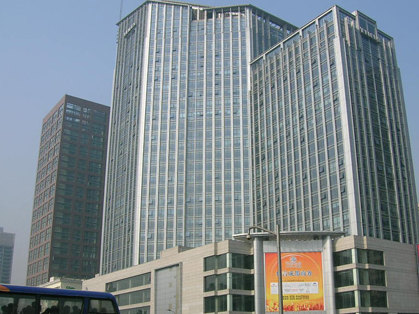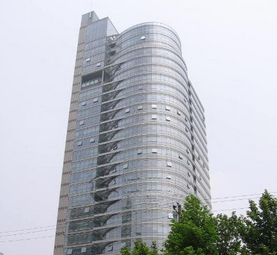Listen to part of a lecture in a United States government class.
OK, last time we were talking about government support for the arts.
Who can sum up some of the main points? Frank?
Well, I guess there wasn't really any, you know, official government support for the arts until the twentieth century.
But the first attempt the United States government made to, you know, to support the arts was the Federal Art Project.
Right, so what can you say about the project?
Um, it was started during the Depression, um... in the 1930s to employ out-of-work artists.
So was it successful? Janet, what do you say?
Yeah, sure, it was successful.
I mean, for one thing, the project established a lot of, uh like community art centers and galleries in places like rural areas where people hadn't really had access to the arts.
Right.
Yeah. But didn't the government end up wasting a lot of money for art that wasn't even very good?
Uh, some people might say that.
But wasn't the primary objective of the Federal Art Project to provide jobs?
That's true. I mean, it did provide jobs for thousands of unemployed artists.
Right. But then when the United States became involved in the Second World War, unemployment was down and it seems that these programs weren't really necessary any longer.
So, moving on, we don't actually see any govern... well any real government involvement in the arts again until the early 1960s, when President Kennedy and other politicians started to push for major funding to support and promote the arts.
It was felt by a number of politicians that... well that the government had a responsibility to support the arts as sort of... oh, what can we say... the the soul... or spirit of the country.
The idea was that there be a federal subsidy... um... uh... financial assistance to artists and artistic or cultural institutions.
And for just those reasons, in 1965, the National Endowment for the Arts was created.
So it was through the NEA, the National Endowment for the Arts, um, that the arts would develop, would be promoted throughout the nation.
And then individual states throughout the country started to establish their own state arts councils to help support the arts.
There was kind of uh... cultural explosion.
And by the mid 1970s, by 1974 I think, all fifty states had their own arts agencies, their own state arts councils that work with the federal government with corporations, artists, performers, you name it.
Did you just say corporations?
How were they involved?
Well, you see, corporations aren't always altruistic.
They might not support the arts unless... well, unless the government made it attractive for them to do so, by offering corporations tax incentives to support the arts, that is, by letting corporations pay less in taxes if they were patrons of the arts.
Um, the Kennedy Centre in Washington D.C. you may uh... maybe you've been there, or Lincoln Centre in New York.
Both of these were built with substantial financial support from corporations.
And the Kennedy and Lincoln center's aren't the only examples.
Many of your cultural establishments in the United States will have a plaque somewhere acknowledging the support - the money they received from whatever corporation.
Oh, yes, Janet?
But aren't there a lot of people who don't think it's the government's role to support the arts?
Well, as a matter of fact, a lot of politicians who did not believe in government support for the arts, they wanted to do away with the agency entirely, for that very reason, to get rid of governmental support.
But they only succeeded in taking away about half the annual budget.
And as far as the public goes, well, there are about as many individuals who disagree with the government support as there are those who agree.
In fact, with artists in particular, you have lots of artists who support and who have benefited from this agency, although it seems that just as many artists oppose a government agency being involved in the arts, for many different reasons, reasons like they don't want the government to control what they create.
In other words, the arguments both for and against government funding of the arts are as many and, and as varied as the individual styles of the artists who hold them.






 400-1816-180
400-1816-180
















































































 请填写手机号
请填写手机号










 12G备考资料
12G备考资料

















 分享成功
分享成功

















草莓小菇凉:说的非常好,十分有道理,棒棒棒!
06-08 15:44:55